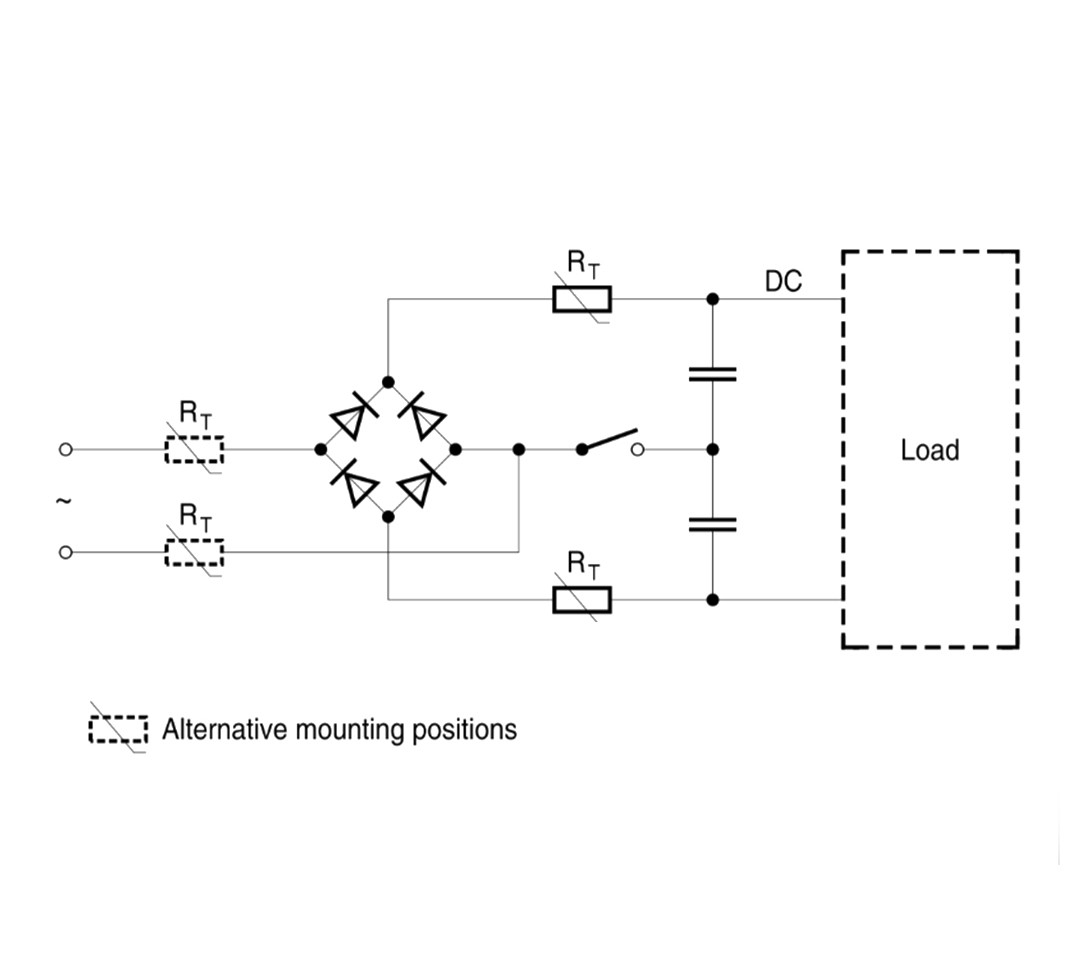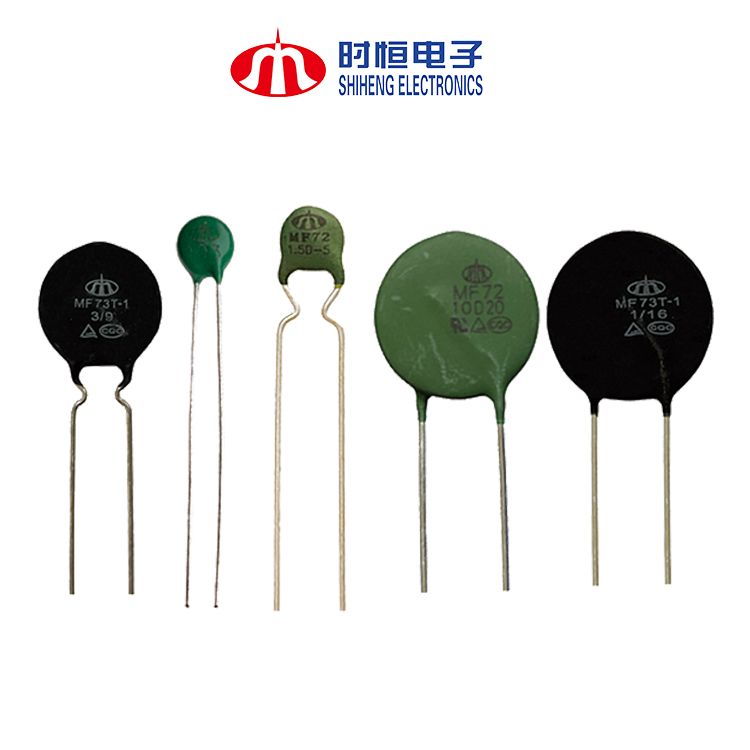چگونه محدودکنندههای جریان هجومی NTC از تجهیزات الکترونیکی قدرت در برابر نوسانات ولتاژ اولیه محافظت میکنند؟
Jul 30, 2025وقتی تجهیزات الکتریکی روشن میشوند، اغلب با افزایش ناگهانی جریان - که به عنوان جریان هجومی شناخته میشود - مواجه میشوند که میتواند چندین برابر بیشتر از جریان عملیاتی حالت پایدار باشد. این افزایش ناگهانی ممکن است به اجزای حساس آسیب برساند، فیوزها را بسوزاند یا عمر سیستم شما را کوتاه کند. اینجاست که محدودکنندههای جریان هجومی NTC وارد عمل میشوند.
جریان هجومی، اولین موجی است که هنگام اتصال برق به دستگاه وارد میشود. این جریان به این دلیل رخ میدهد که خازنهای بدون بار مانند اتصال کوتاه عمل میکنند و اجزای مغناطیسی مانند ترانسفورماتورها در هنگام راهاندازی، جریان مغناطیسی بالایی میکشند.
مشکلات رایج ناشی از جریان هجومی عبارتند از:
ترمیستورهای NTC (ضریب دمایی منفی) مقاومتهای حساس به دما هستند.مقاومت مادون قرمز با افزایش دما کاهش مییابد. ترمیستورهای NTC محافظت دو مرحلهای ارائه میدهد:
۱. در هنگام راهاندازی: ترمیستور سرد است و مقاومت بالایی ایجاد میکند و جریان هجومی را محدود میکند.
۲. در حین کار: با عبور جریان از ترمیستور، خود به خود گرم میشود. مقاومت کاهش مییابد و امکان عبور جریان عادی با حداقل اتلاف توان فراهم میشود.
این امر باعث میشود ترمیستورهای NTC در مقایسه با مقاومتهای ثابت سنتی یا مدارهای پیچیده مبتنی بر رله، به یک راهحل مقرونبهصرفه و کمحجم تبدیل شوند.
Nتی سی محدودکنندههای جریان هجومی معمولاً به صورت سری با بار و ورودی برق قرار میگیرند. این قرارگیری آنها را برای موارد زیر ایدهآل میکند:
⚠ نکته مهم: از ترمیستورهای NTC به صورت موازی استفاده نکنید، زیرا عدم تعادل جریان ممکن است باعث گرم شدن بیش از حد یا خرابی شود.
هنگام انتخاب یک محدود کننده جریان هجومی NTC، مهندسان باید در نظر بگیرند:
ترمیستورهای NTC به طور گسترده در صنایع زیر استفاده میشوند:

در شرکت Shiheng Electronics، ما طیف کاملی از محدودکنندههای جریان هجومی NTC را با توانهای ۱.۵ تا ۳۶ وات و جریان مداوم تا ۵۰ آمپر AC ارائه میدهیم که برای طیف وسیعی از کاربردها مناسب هستند.
برای انتخاب قطعه مناسب برای طراحی خود به کمک نیاز دارید؟ همین امروز با ما تماس بگیرید برای برگههای اطلاعات، نمونهها یا پشتیبانی فنی.